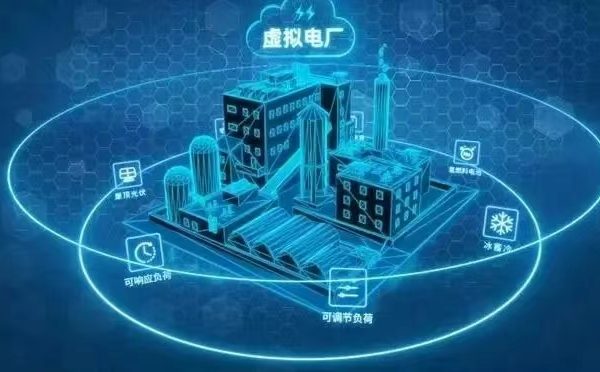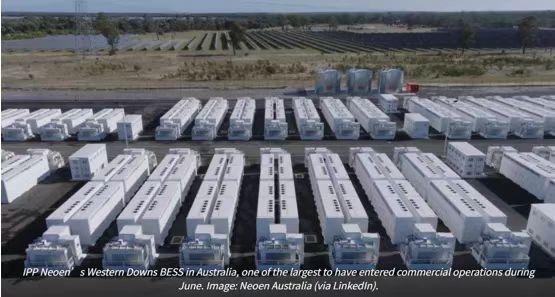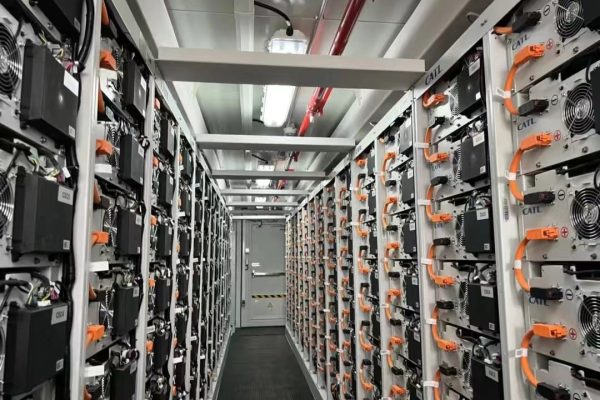A Practical Guide for Installers, Integrators, and End-Users
1.The Rise of PV + Storage Integration
The global shift toward renewable energy has put photovoltaic (PV) and battery systems at the center of both residential and commercial energy strategies. But as storage technologies evolve, one term keeps appearing in product specs, sales brochures, and tender documents: “PV Ready.”
For newcomers, it can be confusing. Does “PV Ready” mean the battery has solar panels built in? Is it marketing fluff, or does it have a real technical meaning? In fact, being “PV Ready” has important implications for system design, installation costs, and long-term flexibility.
In this article, we’ll explain what “PV Ready” really means, the technology behind it, and why it’s increasingly important in both small and mid-scale projects.
2. Defining “PV Ready” in Battery Systems
A PV Ready battery system is one that can be directly connected to solar panels without requiring an additional solar inverter or controller. This means the battery unit itself contains the necessary maximum power point tracking (MPPT) inputs and DC-DC conversion circuits to accept PV input directly.
In practical terms, PV Ready can mean:
- Hybrid inverters integrated into the battery unit
- DC-coupling capability for direct PV charging
- Plug-and-play wiring for rapid installation with solar arrays
It does not necessarily mean the battery has built-in panels—it simply means the battery system is designed to work seamlessly with PV sources.
3. Technical Components Behind PV Ready Systems
A. MPPT Controllers
- Optimize the PV array’s voltage and current to maximize power harvest.
- Allow direct DC charging without routing power through an AC inverter first.
B. Hybrid Inverter Integration
- Combines battery inverter and solar inverter in one unit.
- Simplifies wiring, reduces equipment count, and lowers total cost.
C. PV Input Voltage Range
- Determines compatibility with different panel configurations.
- A wide input range allows more flexibility in string design.
4. The Advantages of PV Ready Battery Systems
A. Lower Installation Costs
With MPPT inputs built in, installers can skip purchasing a separate solar inverter, reducing hardware and labor expenses.
B. Faster Deployment
Fewer components mean fewer wiring connections, mounting points, and commissioning steps. This is especially useful in off-grid or emergency response situations.
C. Improved Efficiency
DC-coupled PV charging avoids multiple DC-AC conversions, reducing energy losses and improving round-trip efficiency.
D. Flexibility for Future Expansion
PV Ready batteries can start as standalone storage units and later integrate solar input without replacing the core hardware.
5. Use Cases Where PV Ready Makes the Difference
- Off-Grid Cabins and Remote Facilities
- Easy to add PV later without re-engineering the whole system.
- Disaster Relief and Mobile Power Units
- Trailer-mounted batteries can accept PV panels in the field.
- Small Commercial Rooftops
- Reduces component clutter, especially where roof space is limited.
- Hybrid Diesel-PV Microgrids
- Allows PV charging without a dedicated solar inverter.
6. PV Ready vs. Non-PV Ready – A Side-by-Side Comparison
| Feature | PV Ready Battery System | Non-PV Ready Battery System |
|---|---|---|
| PV input built-in | Yes | No |
| Needs separate PV inverter | No | Yes |
| Wiring complexity | Low | Medium to high |
| Deployment speed | Fast | Slower |
| Efficiency | Higher (DC-coupled) | Slightly lower (AC-coupled) |
| Cost | Lower upfront | Higher upfront |
7. Common Misconceptions About PV Ready Systems
- Misconception 1: PV Ready means the battery has built-in solar panels.
→ In reality, it just means it can accept PV input. - Misconception 2: PV Ready only matters for off-grid systems.
→ It’s also valuable for hybrid and grid-tied setups. - Misconception 3: Any battery can be made PV Ready with an adapter.
→ While external charge controllers can help, they increase cost and complexity.
8. Buying Checklist for PV Ready Battery Systems
When evaluating PV Ready options, check:
- PV input voltage and current limits – Match with your planned array size.
- Number of MPPT trackers – Multiple MPPTs improve performance for arrays facing different directions.
- Integration with monitoring systems – Cloud or local app support.
- Protection features – Overvoltage, surge, and reverse polarity protection.
9. Why PV Ready Matters for SMEs and Installers
For small and medium-sized enterprises (SMEs) doing small commercial or residential jobs, PV Ready:
- Cuts time-to-commissioning
- Reduces inventory complexity (fewer different inverters to stock)
- Improves client flexibility—customers can start with storage only and add PV later without major system redesign
10. A Smart Choice for Future-Proof Energy Systems
PV Ready battery systems are more than a marketing term—they represent a shift toward simplified, efficient, and modular PV + storage integration.
By allowing direct PV input, these systems reduce costs, speed up installations, and offer greater adaptability for future energy needs. For both installers and end-users, PV Ready is a feature worth considering when planning your next battery storage project.









